38 drag each label to the appropriate location on the flowchart. path of air
Solved Part A-Path of air Drag each label to the appropriate - Chegg Anatomy and Physiology questions and answers Part A-Path of air Drag each label to the appropriate location on the flowchart. Reset Help Air travels down the trachea and then enters the bronchi Air reaches small sacs called alveol. Air travels down smaller and smaller bronchioles. Air enters through the nose or mouth 2 ? ? Sinus Cavities in the Head: Anatomy, Diagram & Pictures There are four pairs of sinuses, named for the bones that they're located in: The maxillary sinuses are located on each side of your nose, near the cheek bones. The frontal sinuses are located ...
Circulatory System: Blood Flow Pathway Through the Heart Pathway of Blood Through the Heart. In this educational lesson, we learn about the blood flow order through the human heart in 14 easy steps, from the superior and inferior vena cava to the atria and ventricles. Come also learn with us the heart's anatomy, including where deoxygenated and oxygenated blood flow, in the superior vena cava, inferior vena cava, atrium, ventricle, aorta ...

Drag each label to the appropriate location on the flowchart. path of air
What is the pathway air follows as it passes through your ... - Socratic The pathway of air in the respiratory system starts with the external organs of the nose and mouth. Nose: Air is inhaled through the nostrils (and sometimes through the mouth) where it is filtered by the hairs and cilia to remove dust particles and moistened. The nasal cavity also moderates the temperature of the inhaled air. Oxygen transport Drag each label to the appropriate location on the ... answered • expert verified Oxygen transport Drag each label to the appropriate location on the flowchart. ResetHelp Oxygen is carried through blood vessels to a capillary.Oxygen is carried through blood vessels to a capillary. Oxygen diffuses from the blood to the body's tissues.Oxygen diffuses from the blood to the body's tissues. Respiratory Homework - Subjecto.com Drag each label to the appropriate location on the flowchart. 1. Air enters through the nose or mouth 2. Air travels down the trachea and then enters the bronchi 3. Air travels down smaller and smaller bronchioles 4. Air reaches small sacs called alveoli. Drag each label to the appropriate location on this diagram of the human respiratory system.
Drag each label to the appropriate location on the flowchart. path of air. Respiratory Homework Flashcards | Quizlet Drag each label to the appropriate location on the flowchart. 1. Air enters through the nose or mouth 2. Air travels down the trachea and then enters the bronchi 3. Air travels down smaller and smaller bronchioles 4. Air reaches small sacs called alveoli. Drag each label to the appropriate location on this diagram of the human respiratory system. Heart Blood Flow | Simple Anatomy Diagram, Cardiac Circulation ... - EZmed Step 1 and 6 involve a blood vessel, which makes sense as this is how blood enters and exits that side of the heart. Steps 2-5 involve a chamber, valve, chamber, and valve. So if you remember this general pattern, it will help you recall the order in which blood flows through each side of the heart. Ch-22_Gas Exchange.pdf - 5/6/2019 Ch-22_Gas Exchange Ch ... - Course Hero The Larynx is the vocal cords are located in the part of the throat that is utilized for breathing, swallowing, and speech. Also known as the vocal box. The Trachea is the airway connecting the larynx (voice box) and the bronchi is known as the laryngeal airway (large airways that lead to the lungs). The windpipe is another name for it. Mastering A&P Chapt 22 Flashcards - Quizlet Path of air: Drag each label to the appropriate location on the flowchart. 1. air enters through the mouth or nose 2. air travels down the trachea and then enters the bronchi 3. Air travels to smaller bronchioles 4. air reaches the alveoli
Chapter 23 - Circulation & Respiration HW Flashcards - Quizlet Path of Air Drag each label to the appropriate location on the flowchart. 1. air enters through the nose or mouth. ... Drag each label to the appropriate location on the flowchart. 1. breathing moves air in and out of the lungs. 2. Oxygen diffuses from alveoli in the lungs into capillaries. 3. Oxygen enters red blood cells, where it binds to ... Unit 3 respiratory system and gas exchange - SlideShare Ventilation: Inspiration and expiration. 2. External respiration: Gas exchange between air (in lungs) and blood. Blood then transport Oxygen to the body tissue cells. 3. Internal respiration: Gas exchange between blood and tissue fluid. Blood then transports carbon dioxide to the lungs. 2. httpssessionmasteringaandpcommyctassignmentPrintViewassignmentID4403435 ... ANSWER: HelpResetOxygen diffuses from the blood to the body's tissues.Oxygen is carried through blood vessels to a capillary.Oxygen binds to a molecule of hemoglobin.Oxygen diffuses from the alveoli into surrounding capillaries. Oxygen enters a red blood cell. 12/15/2017 Chapter 13 Homework Upload your study docs or become a Drag the tiles to the correct boxes to complete the pairs. Match each ... Drag the tiles to the correct boxes to complete the pairs. Match each form of energy to its description. motion energy thermal energy gravitational potential energy chemical energy nuclear energy sound energy stored energy related to positions of atoms within molecules arrowRight energy released when a nucleus splits or combines arrowRight energy related to an object's movement arrowRight ...
Part A Key events in gas exchange Drag each label to the appropriate ... Part A - Key events in gas exchange Drag each label to the appropriate location on the flowchart. ANSWER: HelpReset Carbon dioxide is released from the mitochondria. Carbon dioxide diffuses into a capillary. Carbon dioxide iscarried to the lungs. Carbon dioxide diffuses into an alveolus. Air exits throughnose or mouth. Respiratory System Mastering A&P 1 Flashcards - Quizlet Boyle's law explains how air moves in and out of the lungs during inspiration and expiration. The pressure of gas in your lungs is inversely proportional to the volume in your lungs. Which muscles, when contracted, would increase the volume of air in the thoracic cavity? Hint 1. This would occur during inspiration. Definition, Process, Diagram Of Carbon Cycle - BYJUS The process of photosynthesis involves the absorption of CO 2 by plants to produce carbohydrates. The equation is as follows: CO 2 + H 2 O + energy → (CH 2 O) n +O 2. Carbon compounds are passed along the food chain from the producers to consumers. The majority of the carbon exists in the body in the form of carbon dioxide through respiration. Part a inhaling and exhaling part complete label the - Course Hero To review the events of gas exchange, watch this BioFlix animation: Gas Exchange.Part A - Key events in gas exchange Drag each label to the appropriate location on the flowchart. In this activity, you will follow oxygen on its path from the lungs to the body tissues.
Can you trace the path that air follo... - Anatomy and Physiology Part A - Path of air Drag each label to the appropriate location on the flowchart. Reset Help Air enters through the nose or mouth Air reaches small sacs called alveoli. Air travels down the trachea and then enters the bronchi. Air travels down smaller and smaller bronchioles 3 1 2 L? 2 ? ? Request Answer
Flowchart Tutorial (with Symbols, Guide and Examples) In the New Diagram window, select Flowchart and click Next. You can start from an empty diagram or start from a flowchart template or flowchart example provided. Let's start from a blank diagram. Select Blank and click Next. Enter the name of the flowchart and click OK. Let's start by creating a Start symbol.
MAP 6 - Respiratory System Flashcards - Quizlet By changing the volume of the thoracic cavity, the pressure changes in the lungs. Increasing volume of the thoracic cavity leads to a decreased pressure, causing air to flow into the lungs (down its pressure gradient) and thus causing inspiration.) Which muscles, when contracted, would increase the volume of air in the thoracic cavity?
Drag each tile to the correct box. Not all tiles will be used. The ... Drag each tile to the correct box. Not all tiles will be used. The basic components of an ex nihilo creation story are below. The first sentence of the story is provided. Complete the ex nihilo story by putting the correct sentences in the proper order. A long time ago, there was nothing but darkness. The animal dived into the water and brought ...
Solved Part A - Path of air Drag each label to the | Chegg.com Anatomy and Physiology questions and answers Part A - Path of air Drag each label to the appropriate location on the flowchart. Reset Help Air travels down smaller and smaller bronchioles Air travels down the trachen and then enters the bronchi Air enters through the one or mouth Air reaches small sacs Cailed alveoli ? ? ? Submit Request Answer
redirect.prod.mastering.pearsoncmg.com Labeling, ranking, sorting, or sentence completion questions. All of these question types require you to position items into an area of the answer box. Answer these kinds of questions on a computer, not on a smartphone. Press Tab to move forward or Shift/Tab to move backwards through the provided answer items.
Which of the following is part of the respiratory Part A - The respiratory system Drag each label to the appropriate location on this diagram of the human respiratory system. ANSWER: Correct HelpReset HelpResetAir travels down smaller and smaller bronchioles.Air enters through the nose or mouth. Air reaches small sacs called alveoli.Air travels down thetrachea and then enters the bronchi.
[Expert Answer] Drag the tiles to the boxes to form correct pairs ... Drag the tiles to the boxes to form correct pairs. Match each state of matter with the statement that best describes it. plasma Particles move past each other freely but do not go far apart. gas Particles are so hot that electrons are stripped from atoms. liquid It retains its shape regardless of the shape of the container. solid It expands to fill the volume of the container.
Respiratory Homework - Subjecto.com Drag each label to the appropriate location on the flowchart. 1. Air enters through the nose or mouth 2. Air travels down the trachea and then enters the bronchi 3. Air travels down smaller and smaller bronchioles 4. Air reaches small sacs called alveoli. Drag each label to the appropriate location on this diagram of the human respiratory system.
Oxygen transport Drag each label to the appropriate location on the ... answered • expert verified Oxygen transport Drag each label to the appropriate location on the flowchart. ResetHelp Oxygen is carried through blood vessels to a capillary.Oxygen is carried through blood vessels to a capillary. Oxygen diffuses from the blood to the body's tissues.Oxygen diffuses from the blood to the body's tissues.
What is the pathway air follows as it passes through your ... - Socratic The pathway of air in the respiratory system starts with the external organs of the nose and mouth. Nose: Air is inhaled through the nostrils (and sometimes through the mouth) where it is filtered by the hairs and cilia to remove dust particles and moistened. The nasal cavity also moderates the temperature of the inhaled air.


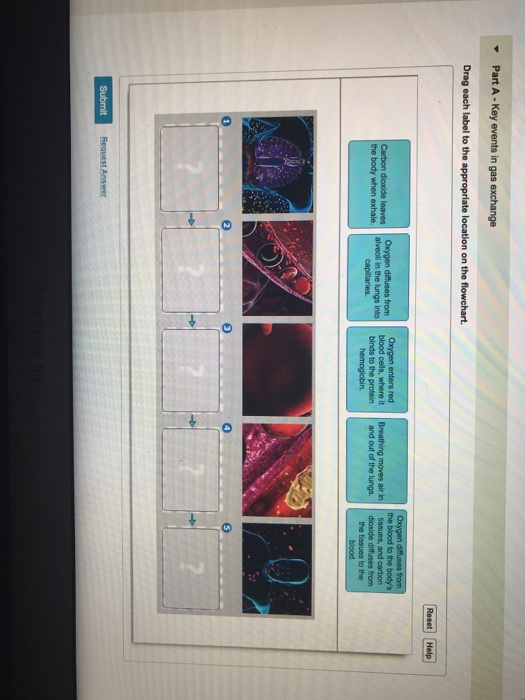

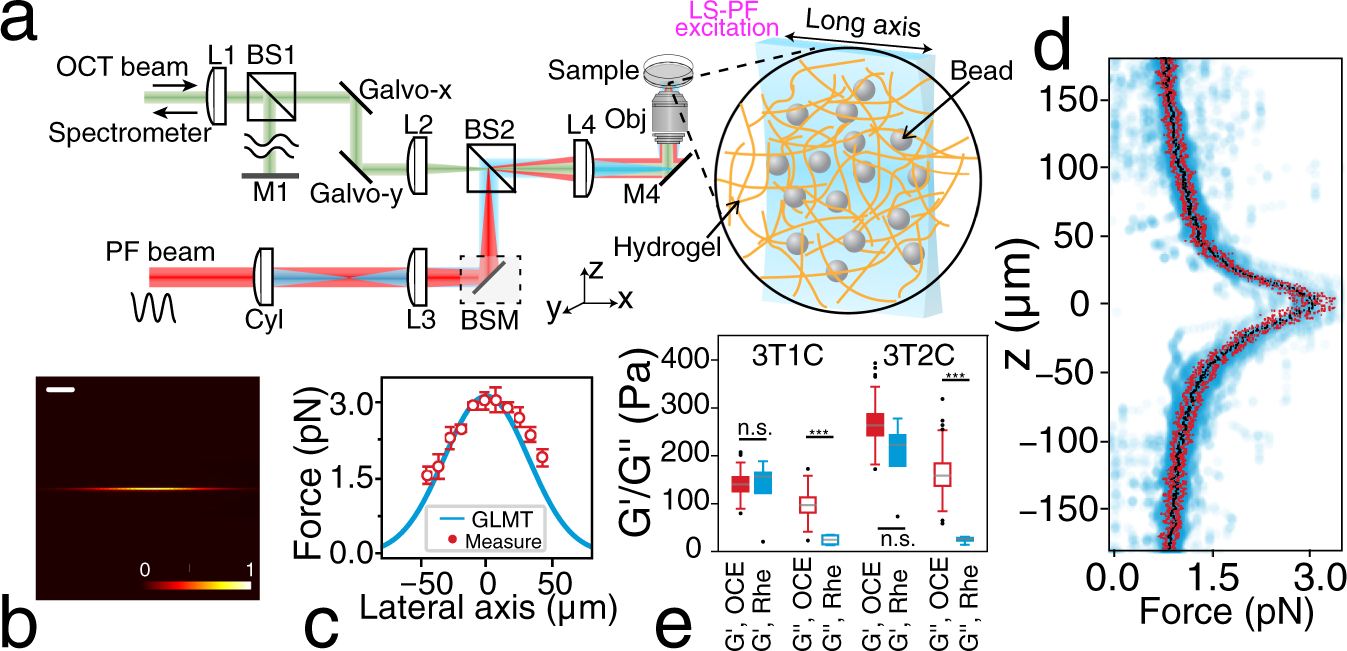


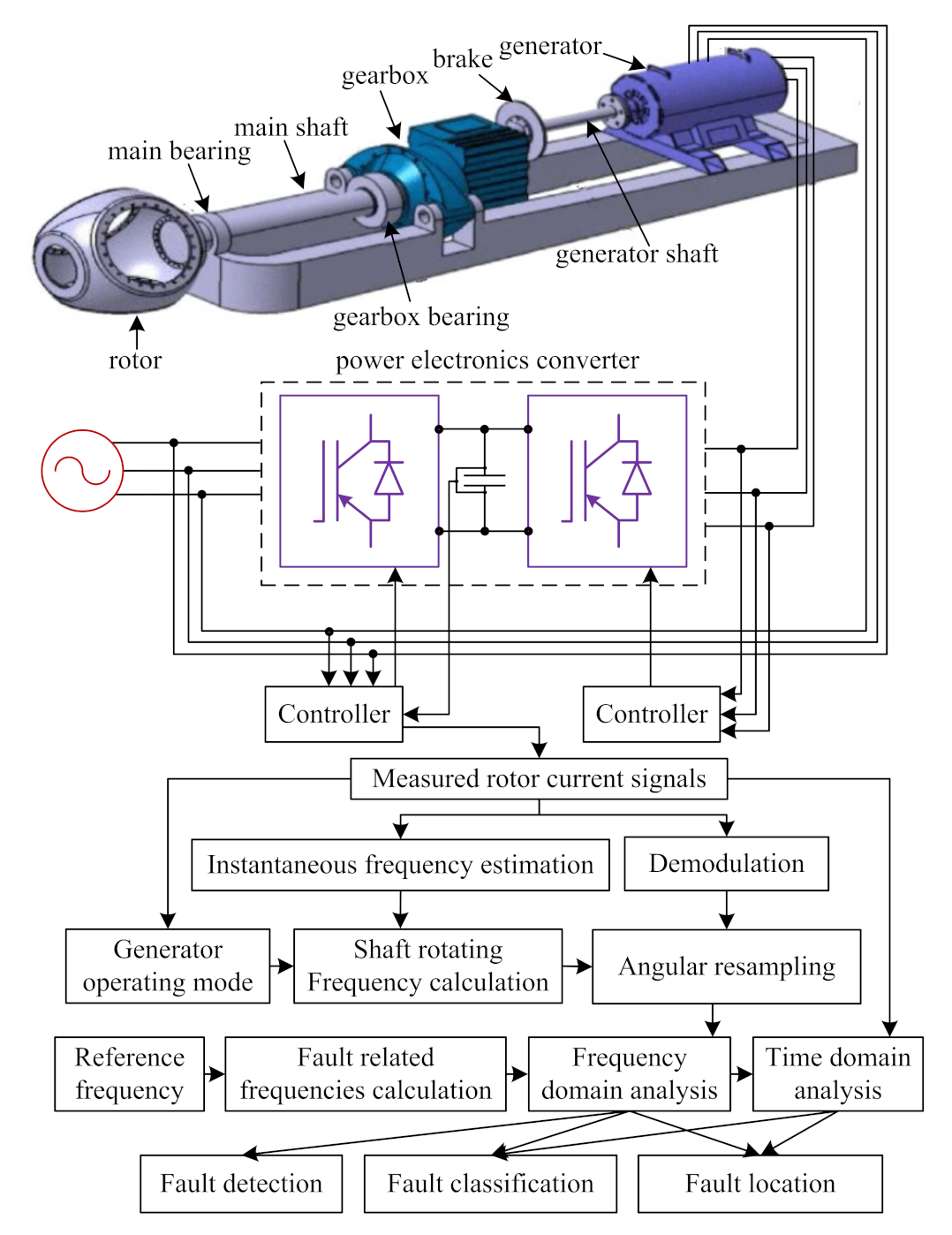


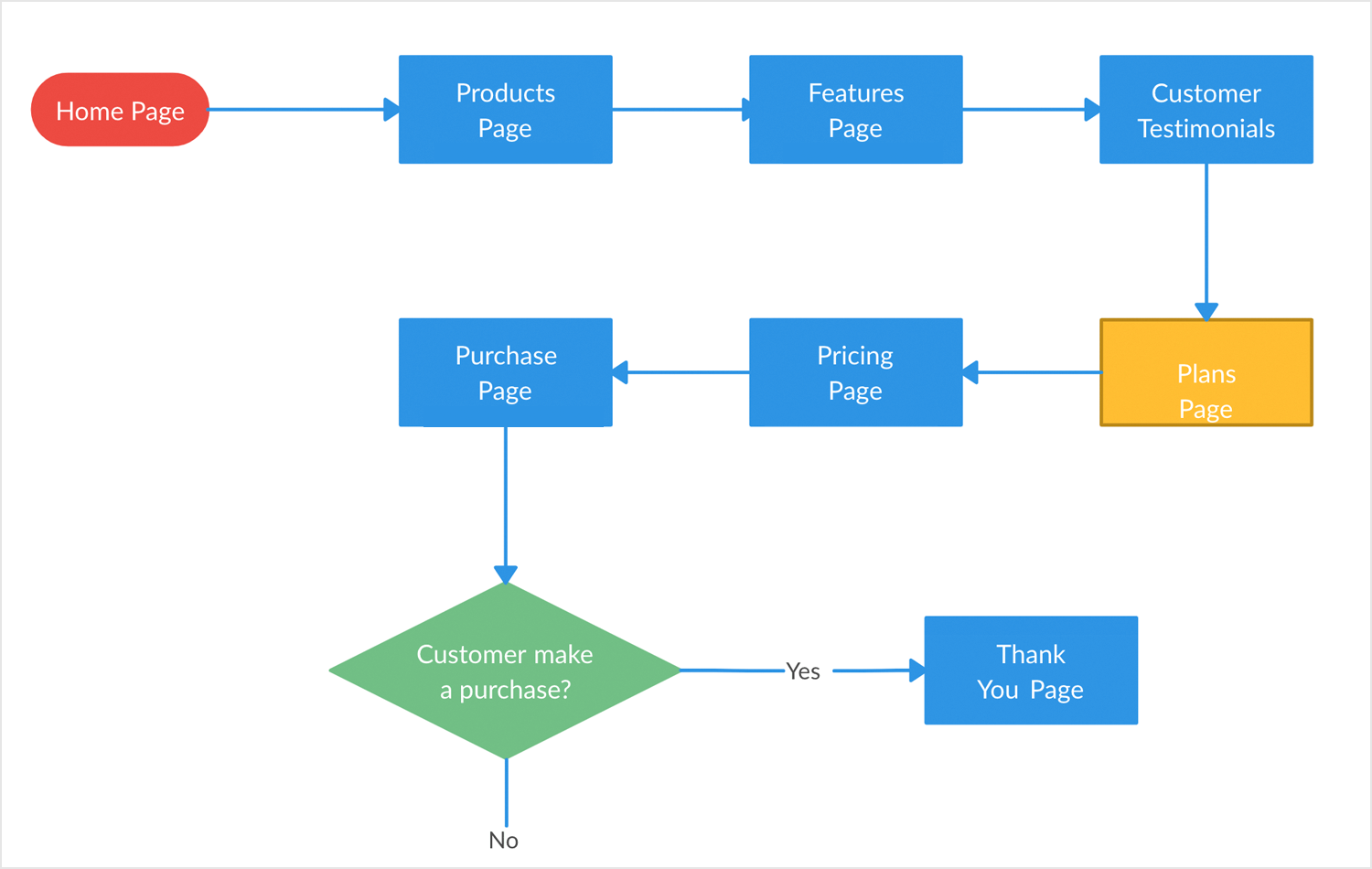


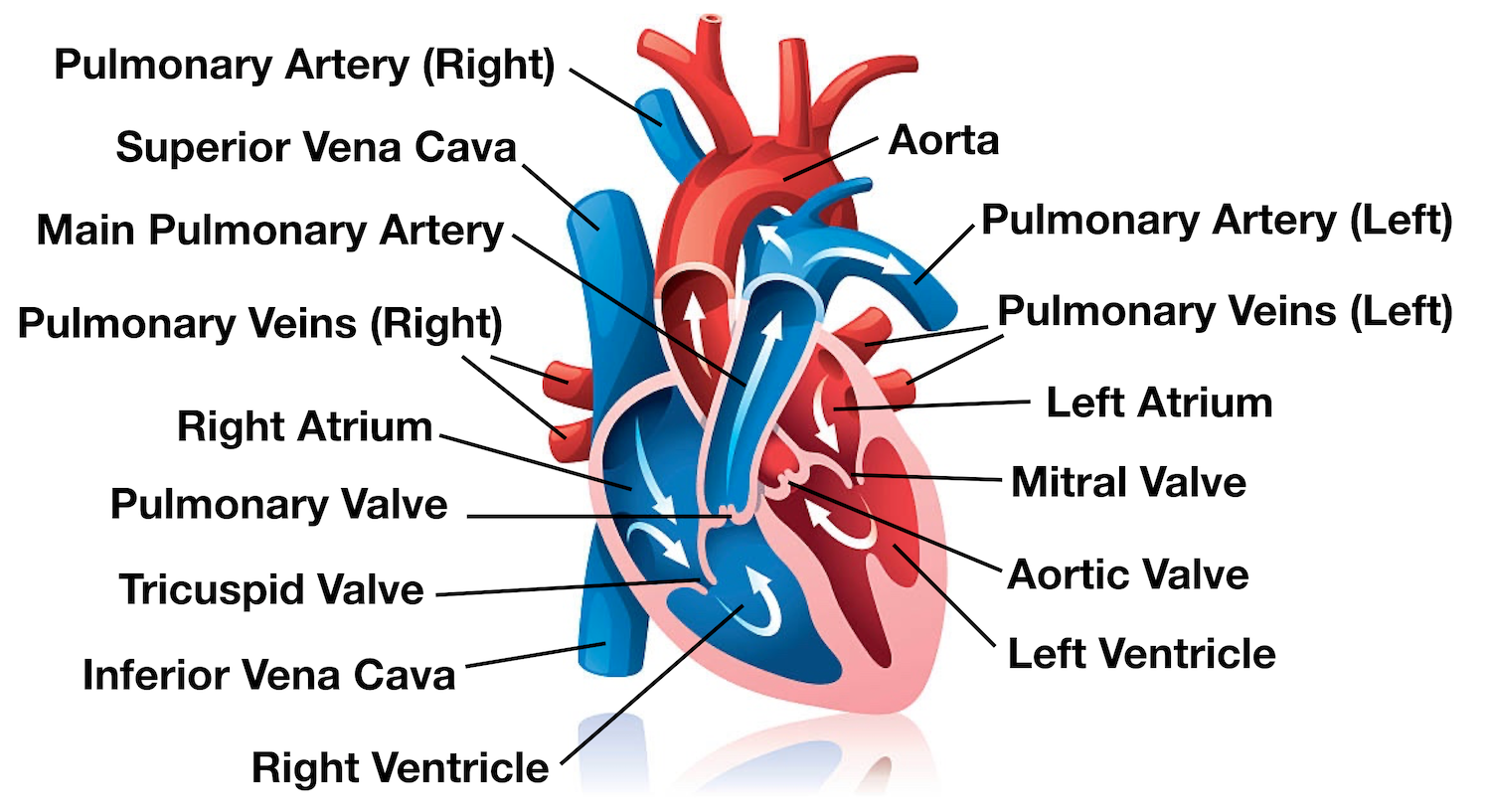

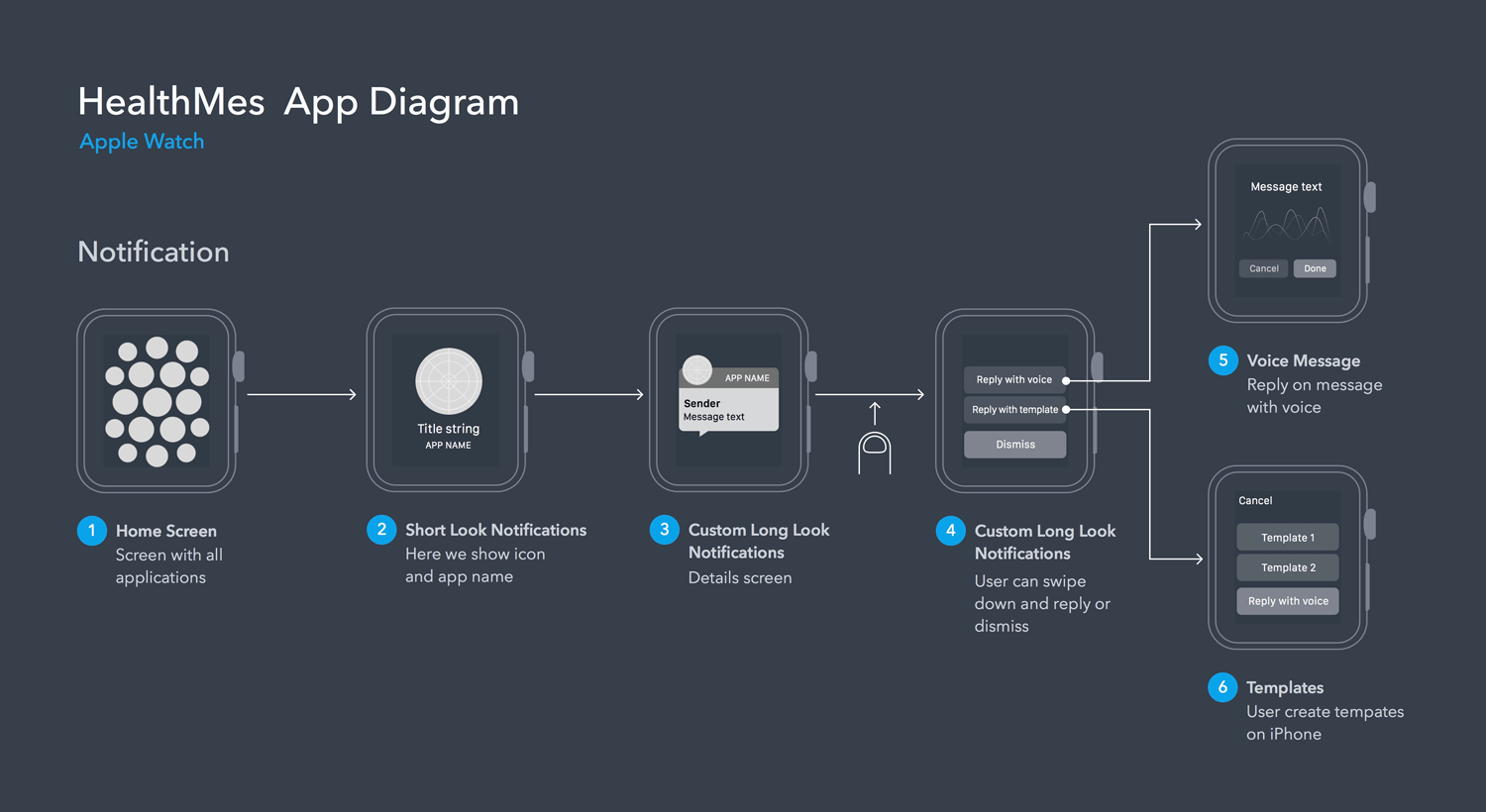
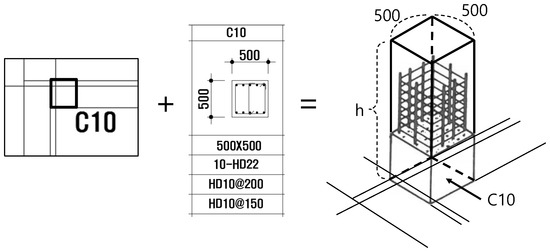


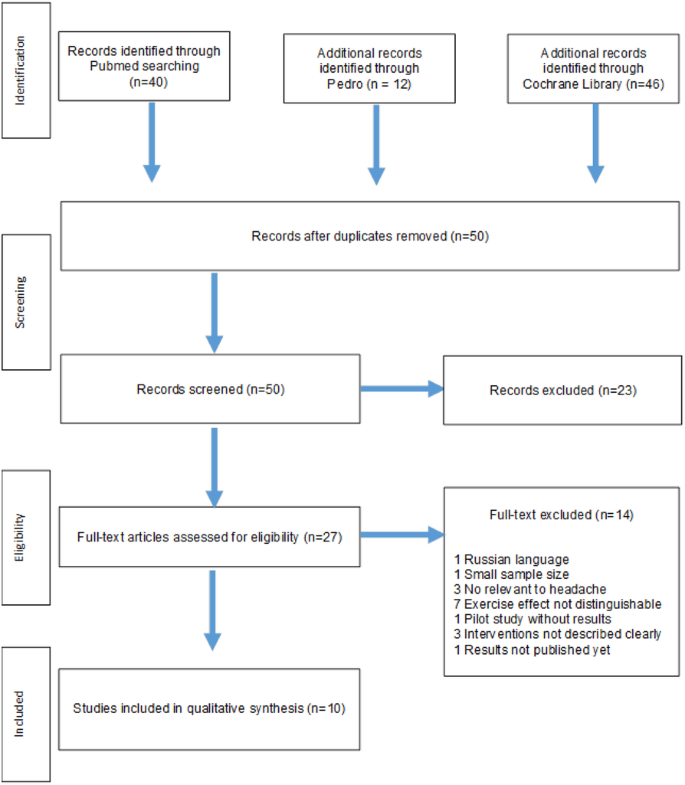
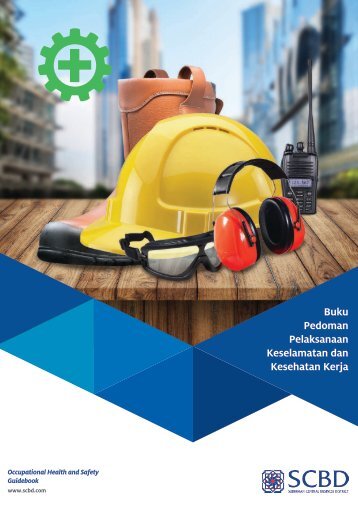
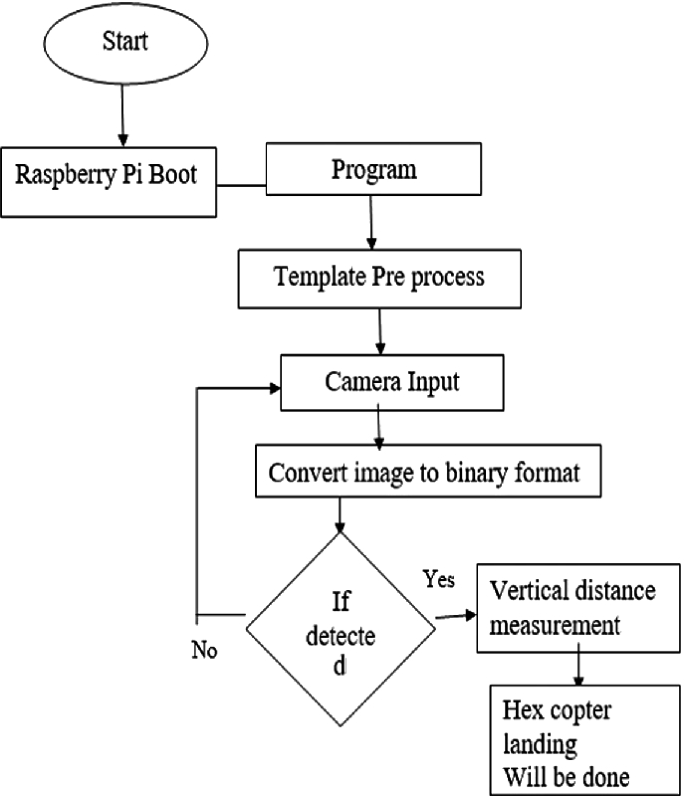



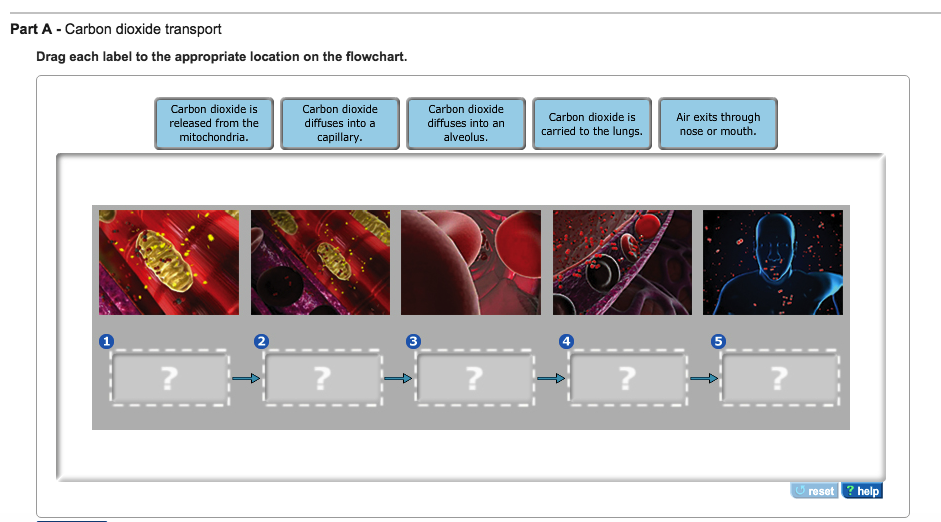
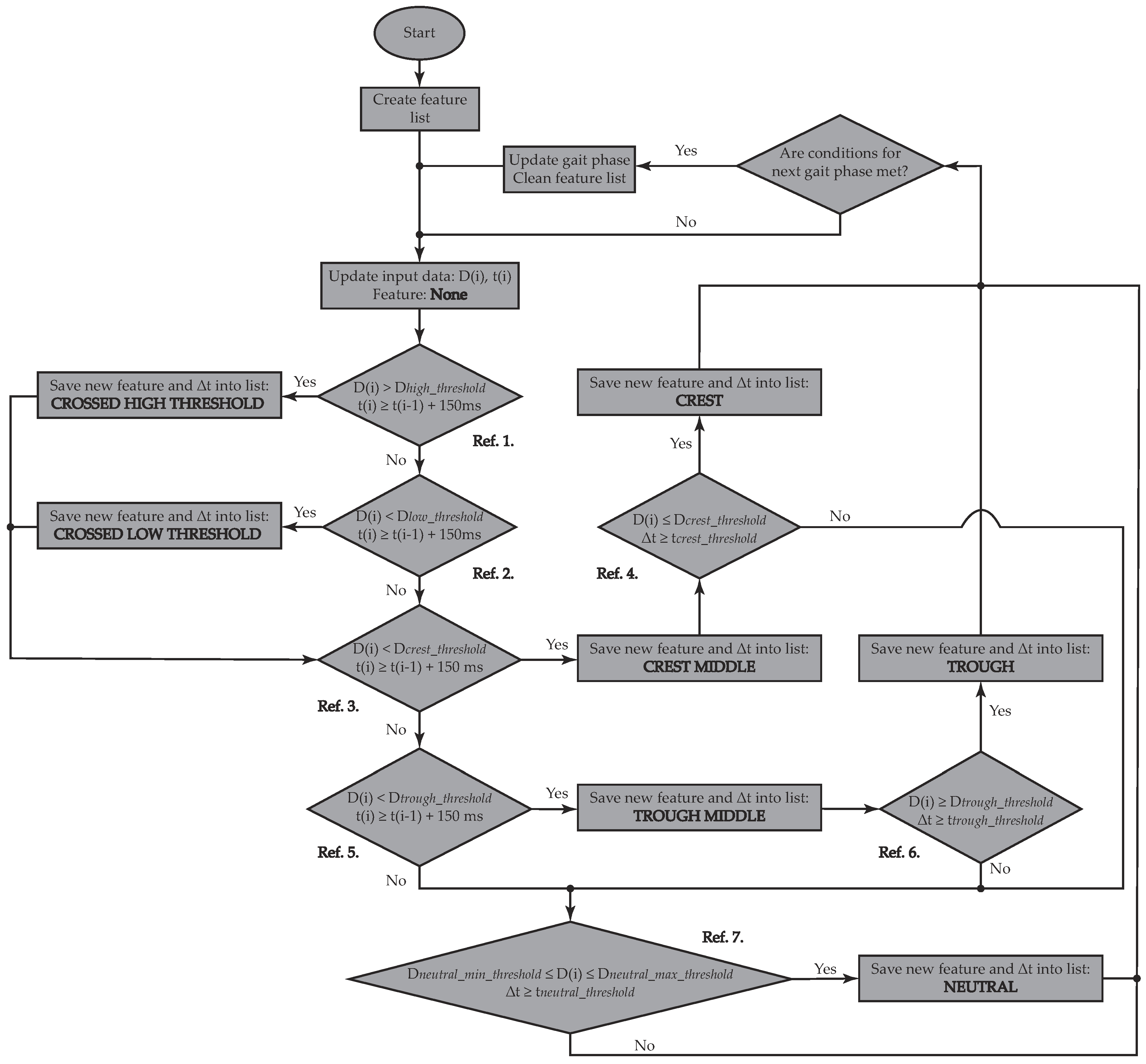

Post a Comment for "38 drag each label to the appropriate location on the flowchart. path of air"